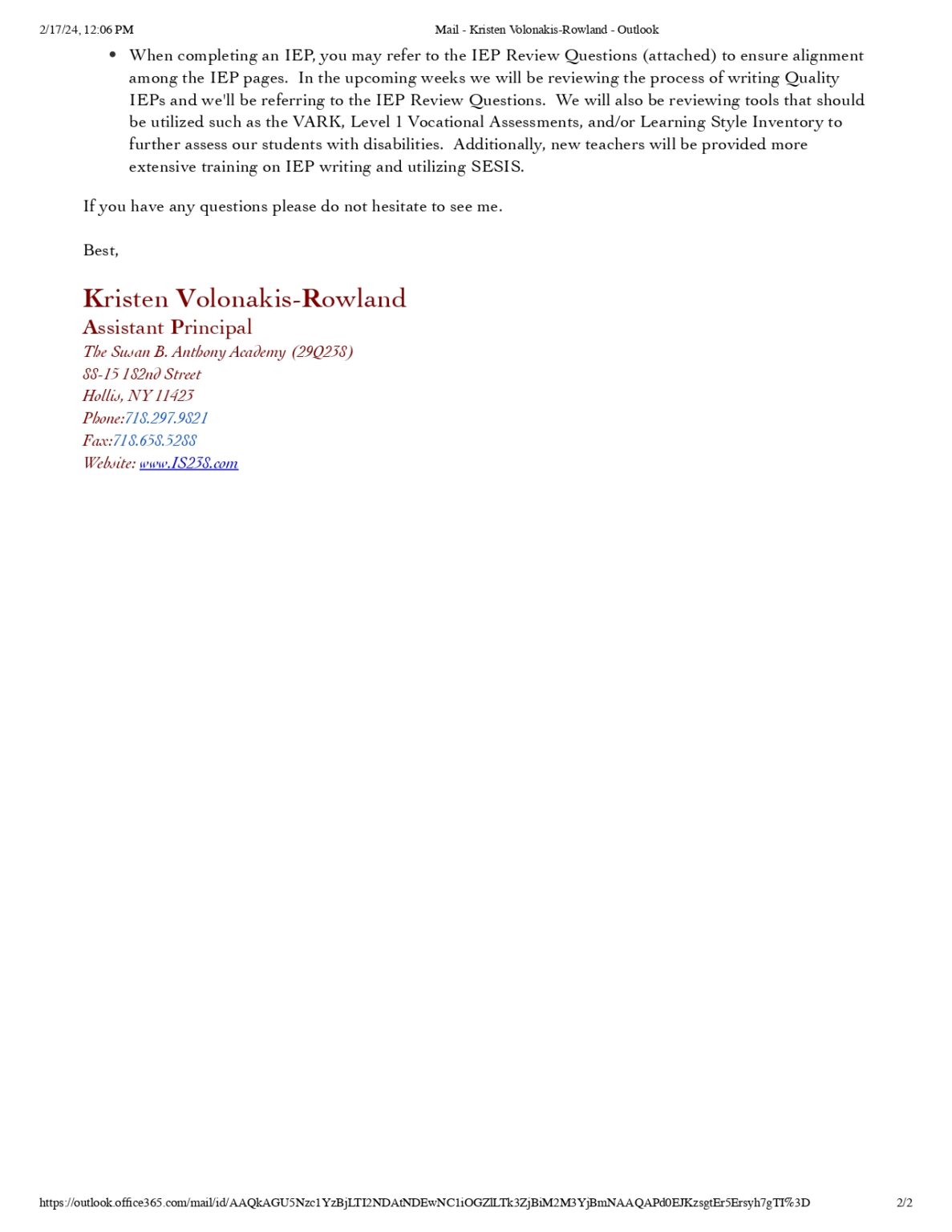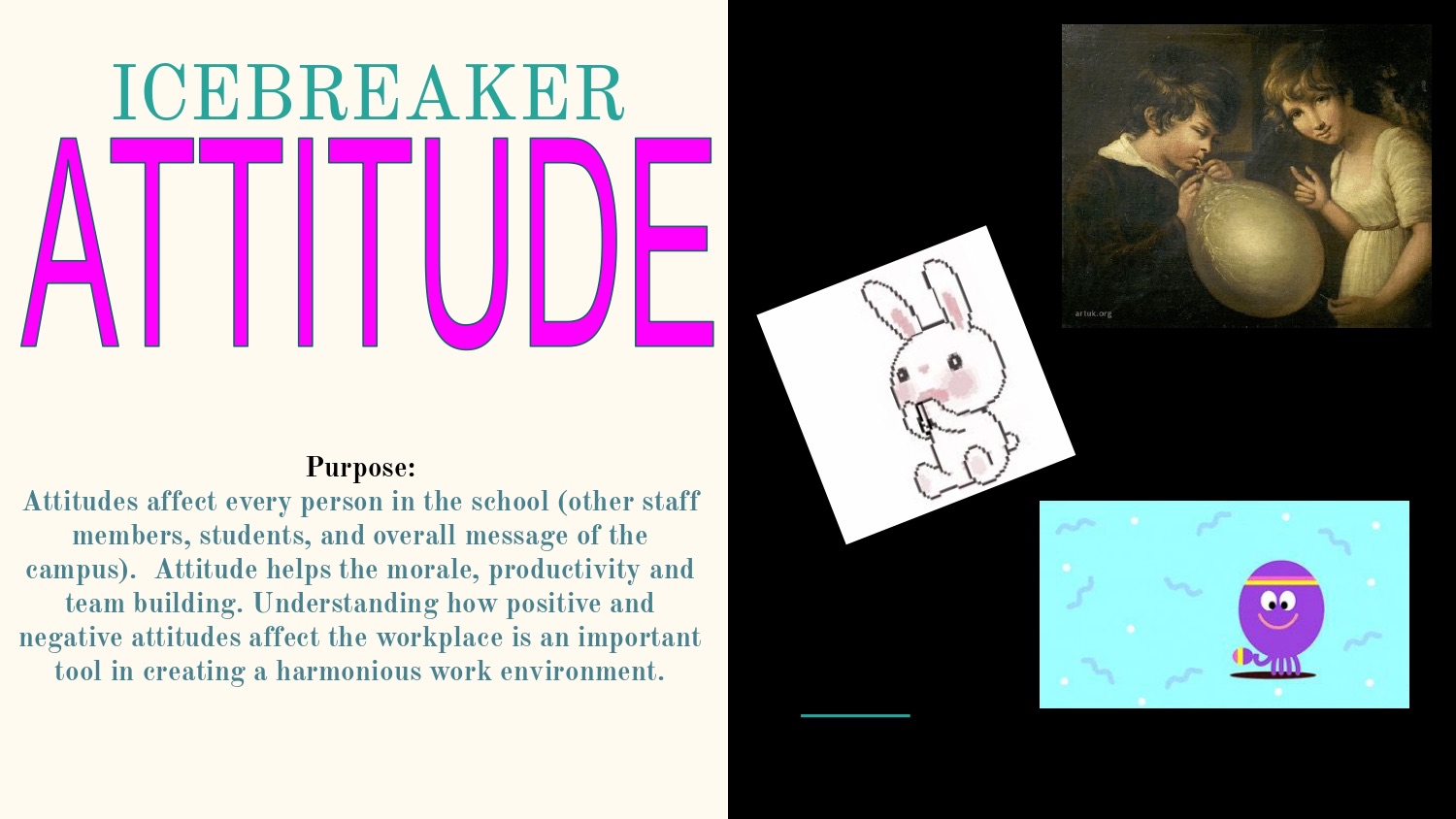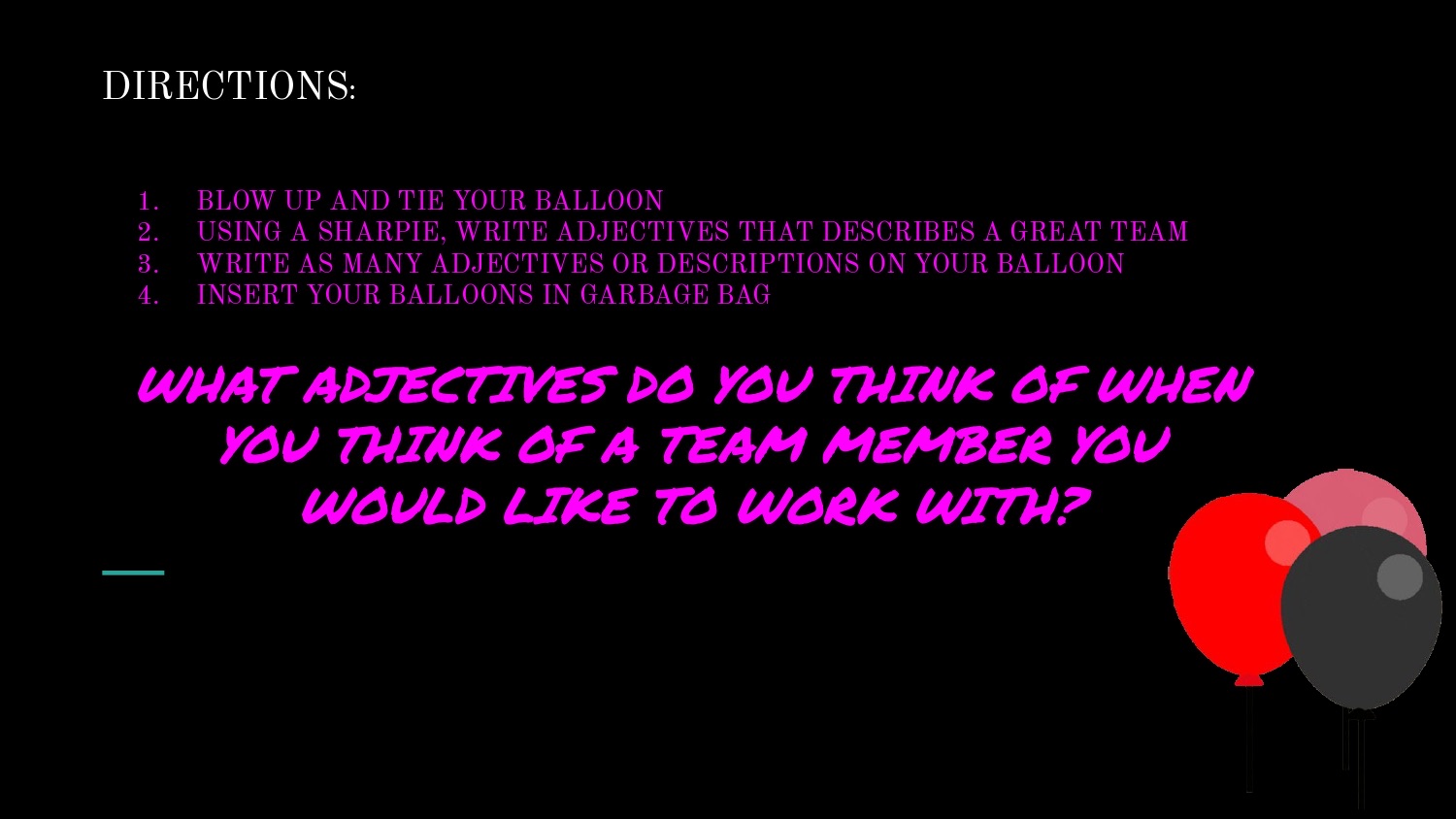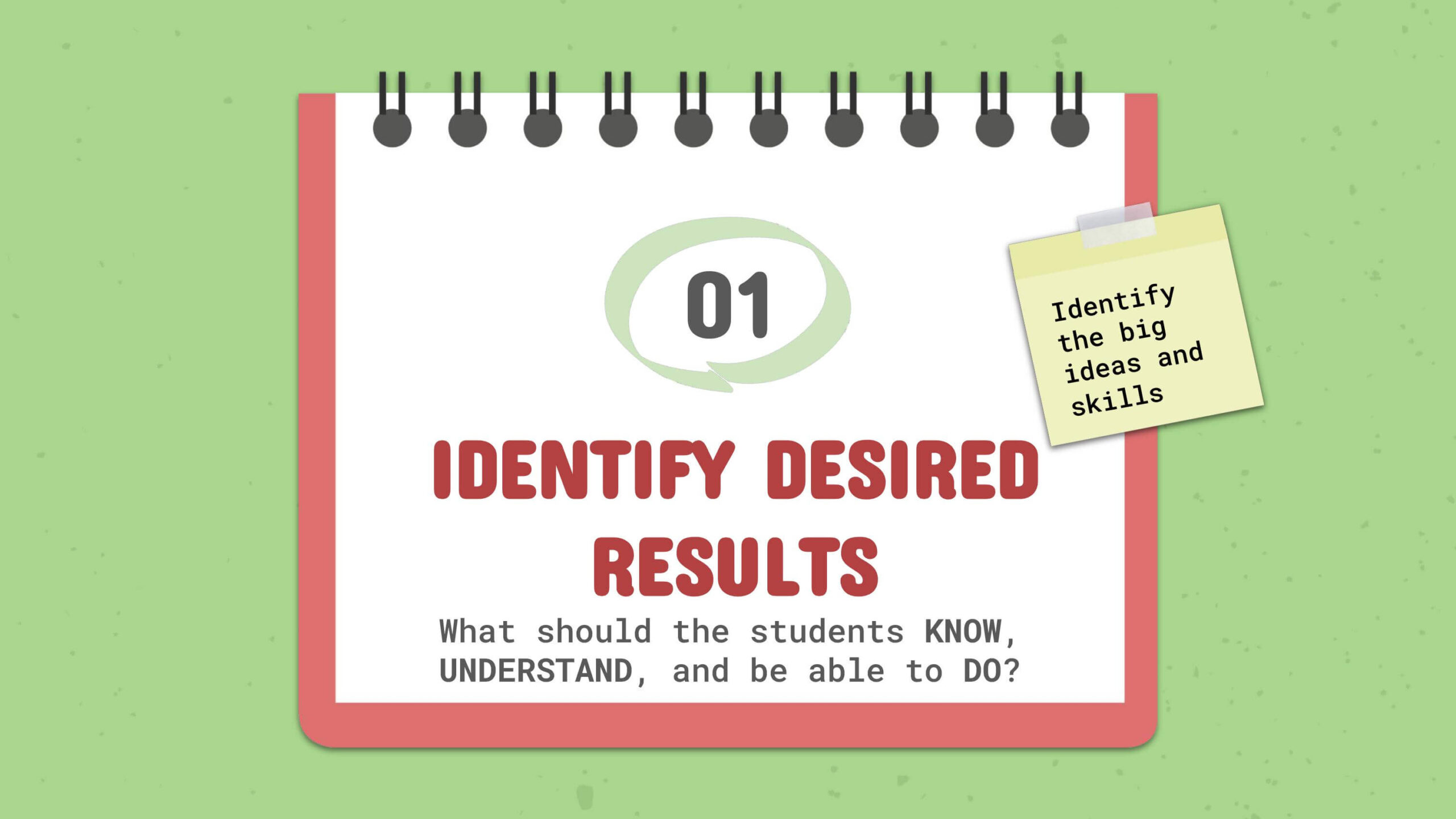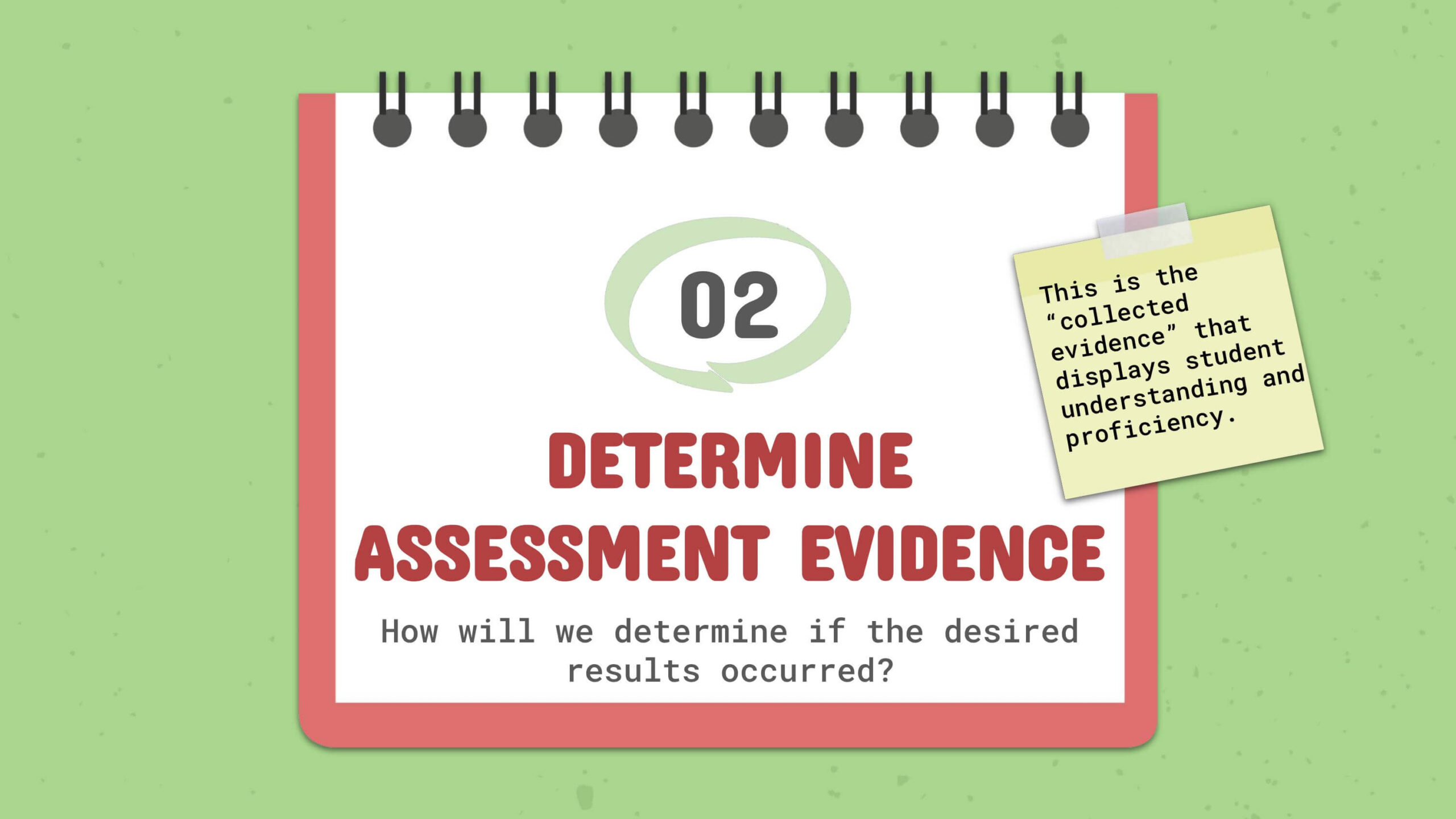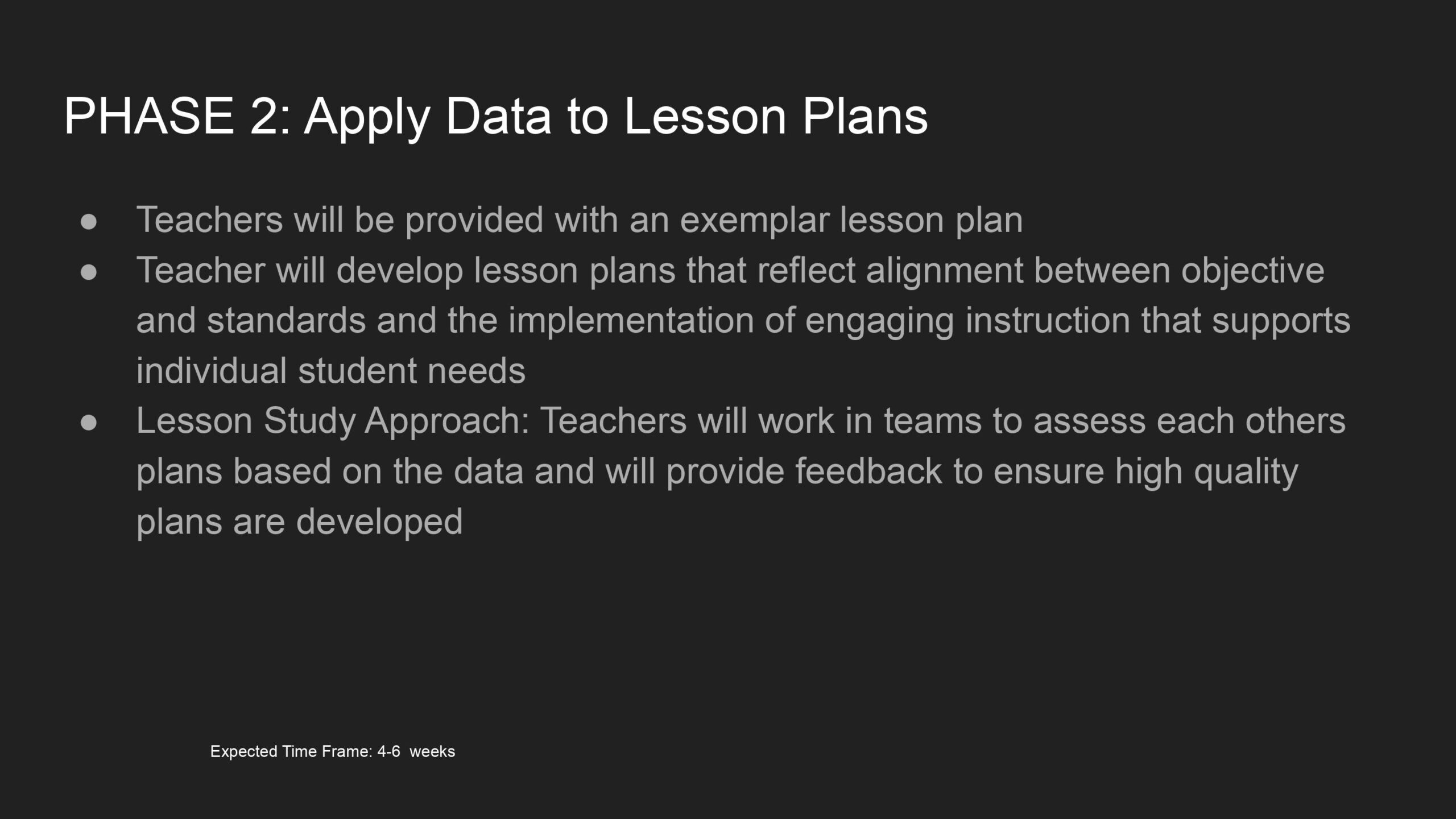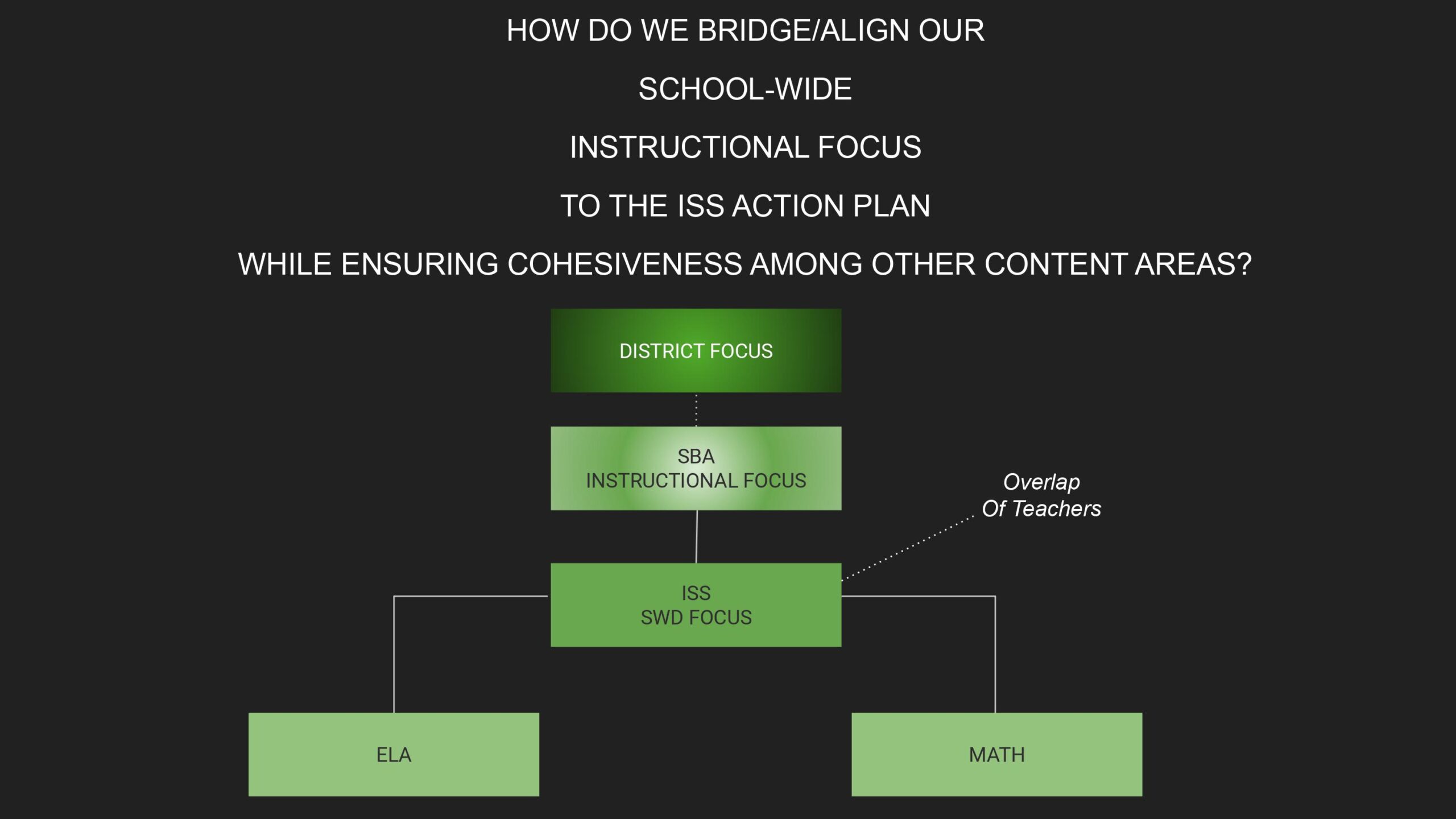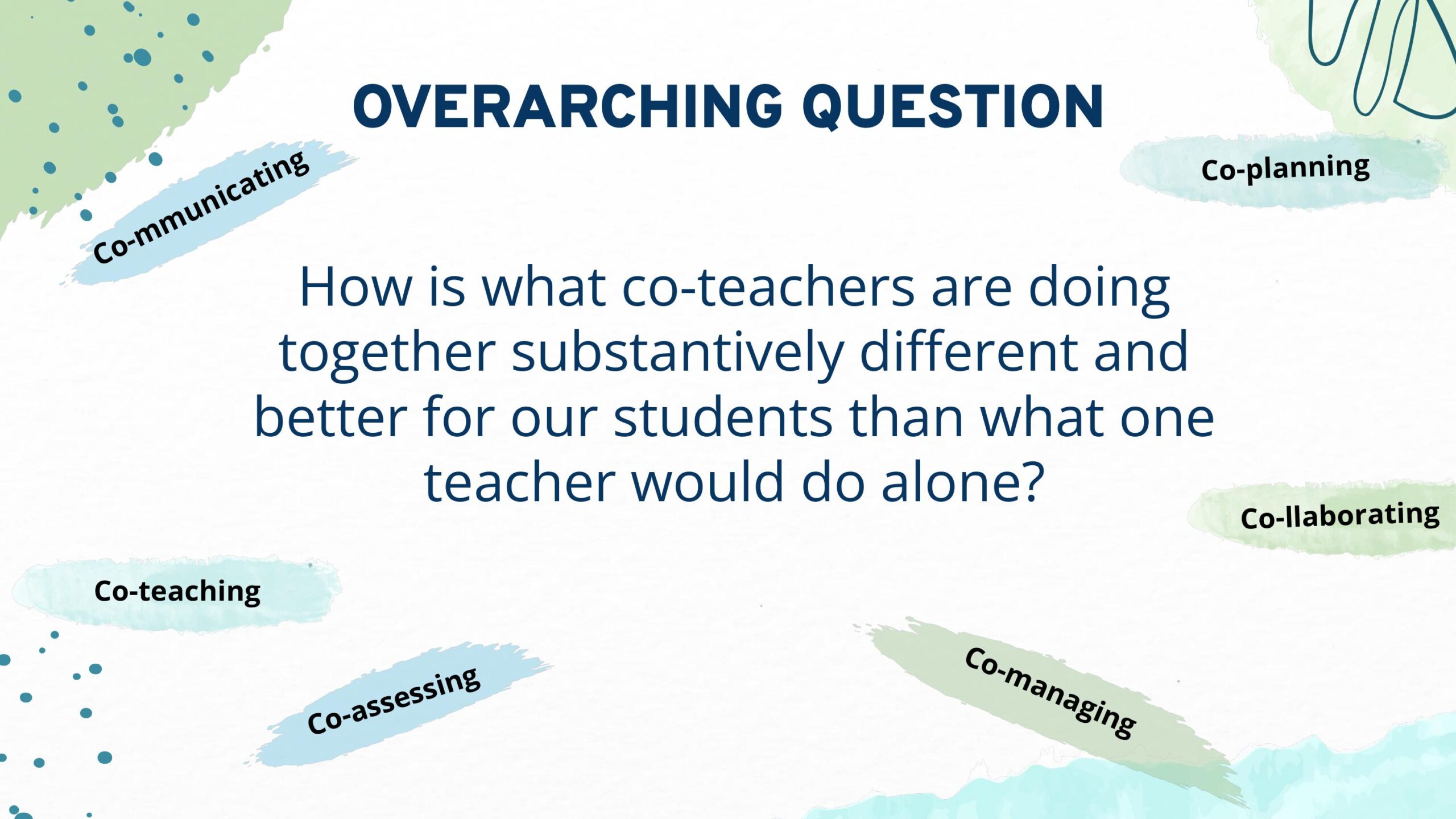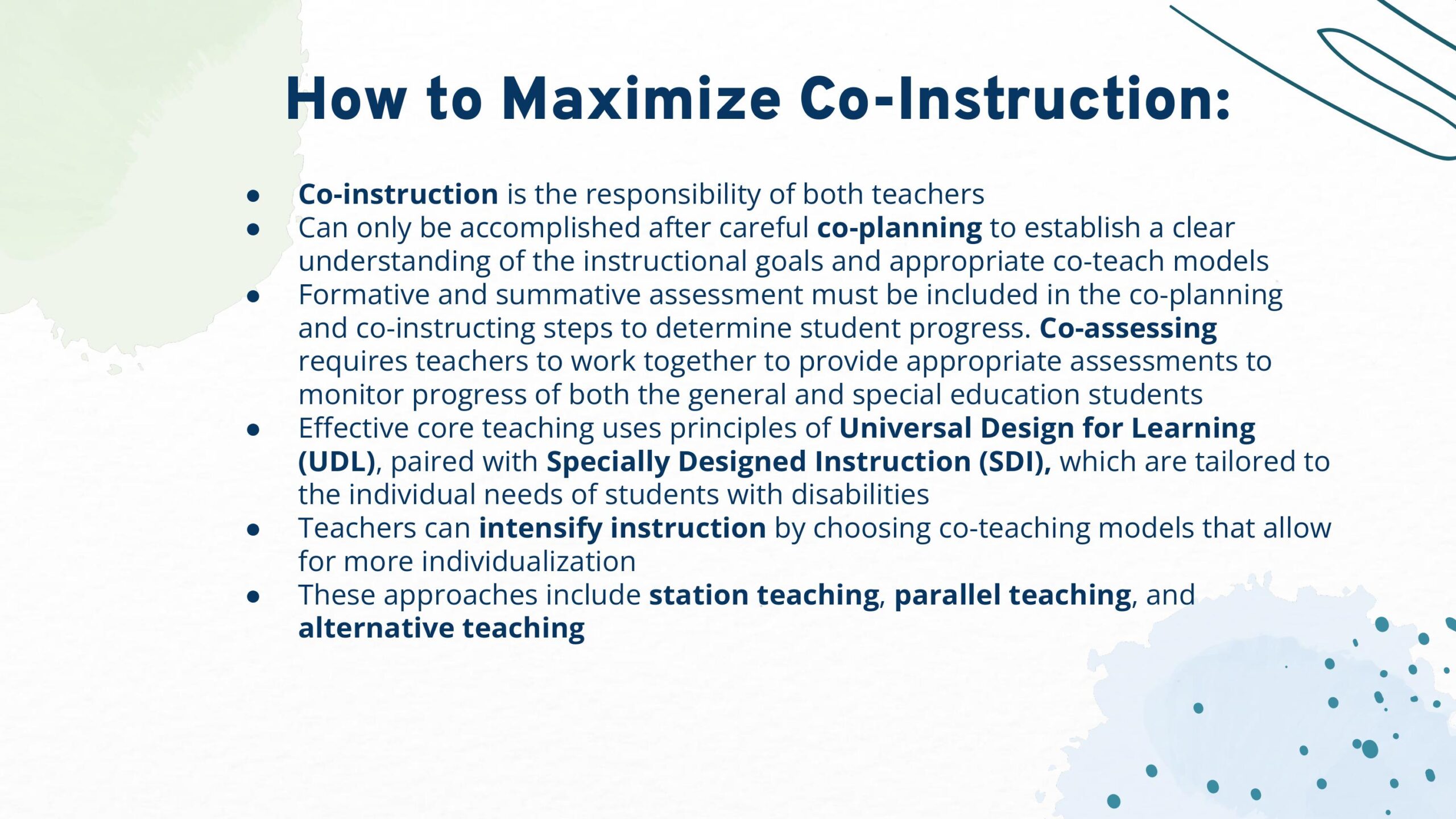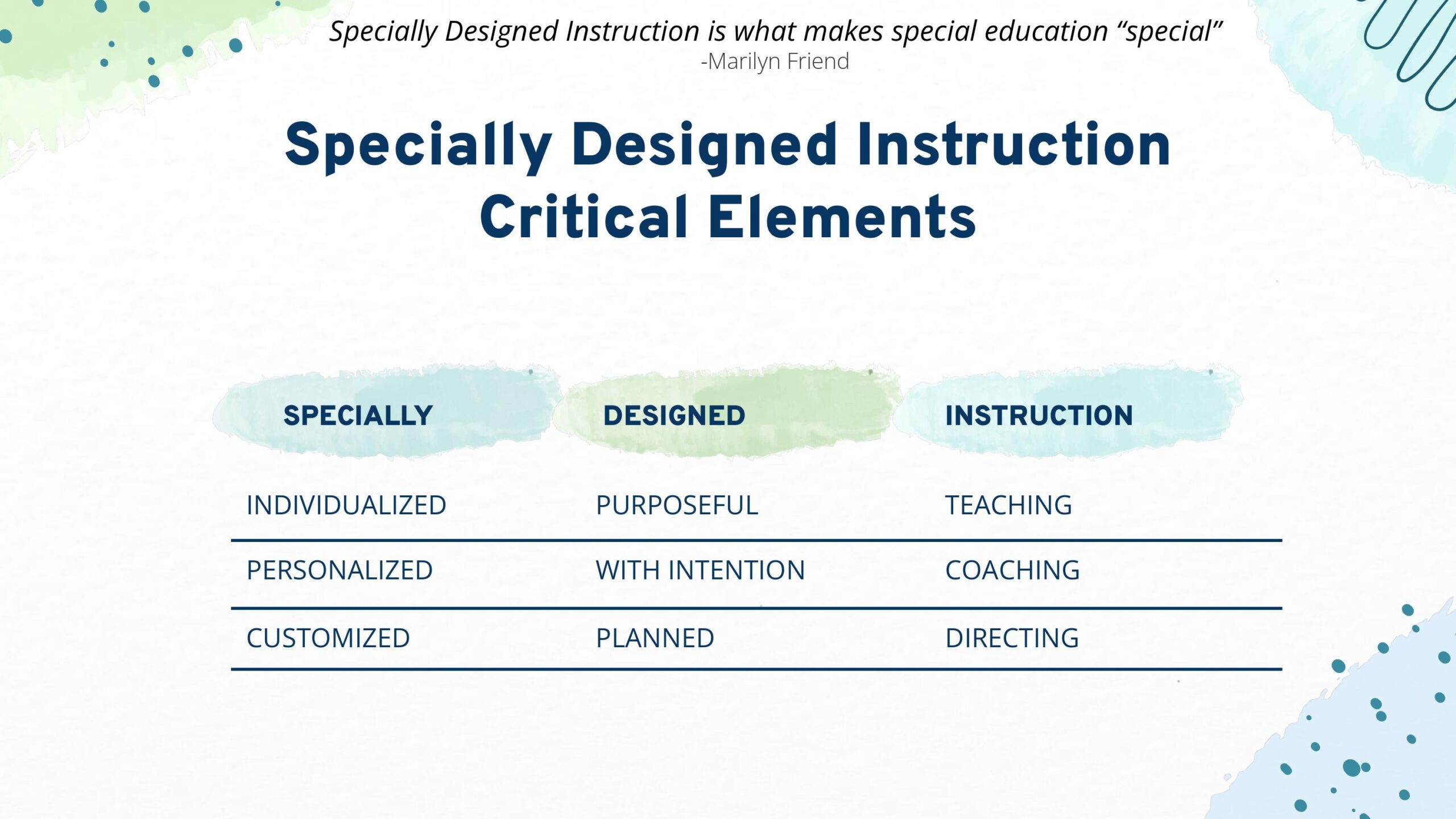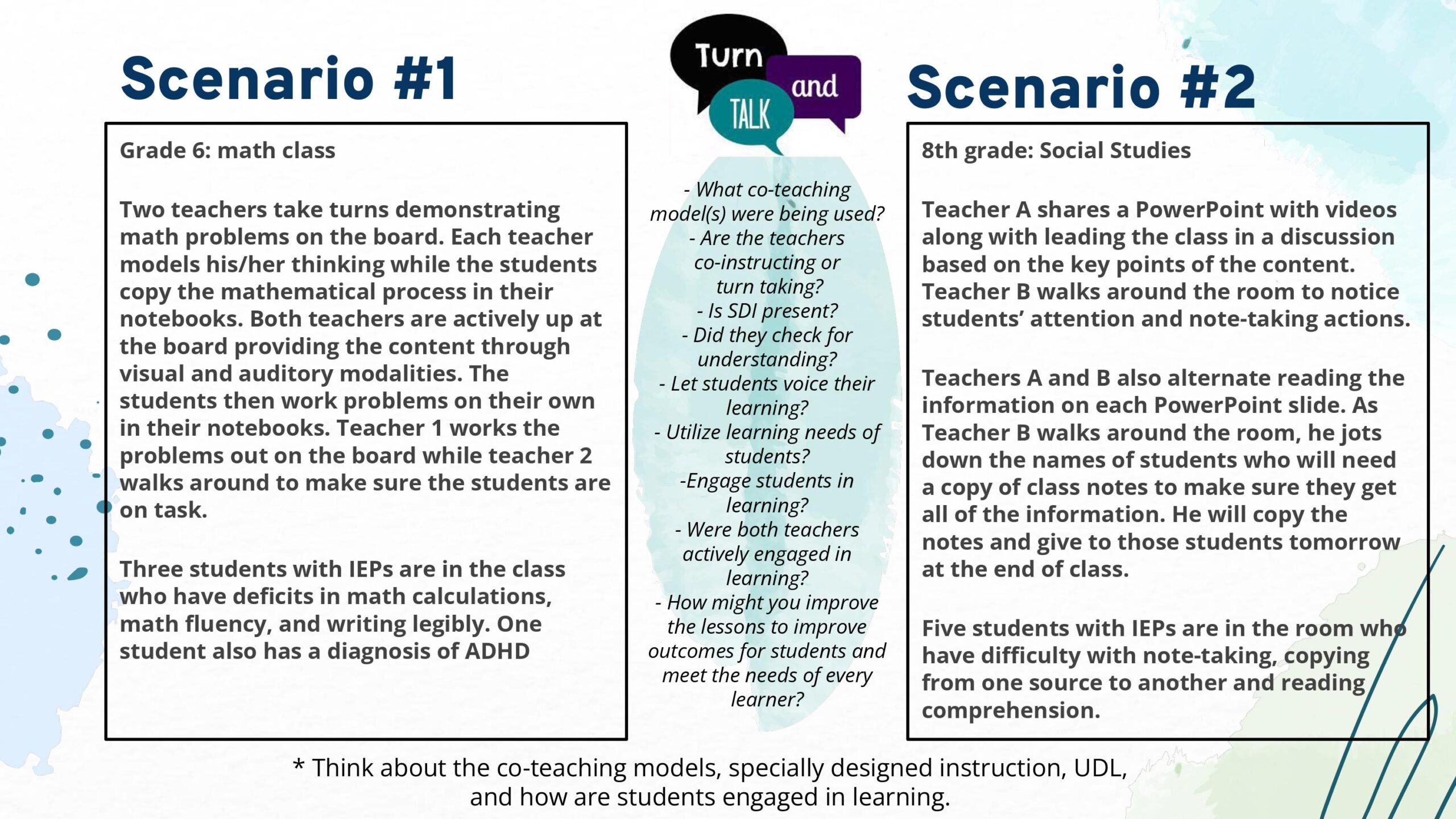School Improvement
IMPACT HIGHLIGHTS
-
Developed a shared vision among the Special Education Department and clarified roles and responsibilities, which ultimately taught new teachers and reinforced experienced teachers to to take ownership of designated caseloads, effectively developing and managing IEPs.
-
Past experience as an Assistant Principal of a transfer high school allowed me to be a crucial asset in supporting teachers utilizing Google Classroom through remote learning
-
Enforced collaboration among special education teachers amidst the pandemic, allowing teachers to be innovative in their practices by fostering interdisciplinary partnerships, thereby enhancing student learning and developing skills through the lens of combined content areas
-
Provided targeted support using research based reading interventions, which supported non-readers to increase their skills in identifying sounds and acquiring decoding skills
-
Conducted various professional developments that honed in on the nuances of specially designed instruction within IEPs, differentiation, and integrated co-teaching among teacher pairs, resulting in teachers developing a deeper understanding on how to holistically support students
-
Monitored progress of measurable annual goals with fidelity and consistency, demonstrating a notable rise in the overall rate of progress monitoring within IEPs
-
Proficiency rates among students with disabilities illustrated significant improvement on the NYS ELA exam going from 6.1% in 2019, 6.2% in 2022, and to 12.7% in 2023. Math proficiency rates on the NYS math exam were 5% in 2019, 1.3% in 2022, and increased to 8.3% in 2023
-
Led and championed the special education team in implementing innovative practices, fostering collaboration, and orchestrating targeted interventions, contributing to the successful transition of the school, specifically designated as a Targeted Support and Improvement (TSI) for subgroup students with disabilities from 2019-2023, to achieving a commendable status of good standing in 2024, as recognized by the New York State Education Department (NYSED)
2017-2019
Nurturing Growth at the Transfer School
In 2017, I embraced the role of Assistant Principal at a transfer high school in Brownsville, NY, a haven for overage, under-credited students. This experience laid the foundation for my journey in educational leadership, honing my skills in addressing the unique needs of these students, fostering an environment where they could thrive academically and emotionally.
2019-2020
Embracing a New Challenge at Susan B. Anthony
Stepping into Susan B. Anthony/I.S. 238 in 2019, I undertook the responsibility of supporting the Special Education Department (also renamed to the Instructional Support Services “ISS” Department), navigating our newly designated Targeted Support and Improvement (TSI) status for students with disabilities. The proficiency rates for students with disabilities from the year prior (2018-2019) was 6.1 % in ELA and 5% in Math. My focus in this transformative year encompassed developing a shared vision, clarifying roles, and creating a comprehensive handbook to guide special education teachers and paraprofessionals. Little did we know that the ensuing year would be marked by an unprecedented challenge. As the COVID-19 pandemic swept across the nation, our educational landscape shifted dramatically in early 2020. With NYC schools closing on March 16, 2020, we embarked on the uncharted territory of remote learning. Drawing on my experience from the transfer high school, where Google Classroom was a staple, I became a crucial asset in supporting teachers through this transition.
2020-2021
Navigating the Pandemic
Amid this upheaval, Susan B. Anthony faced a unique circumstance in the 2020-2021 school year. NYCDOE opened its doors to students who chose to physically come into the building on October 1, 2020. Strikingly, one-third of our population attended school in person, while more than half opted for remote learning. This diverse learning environment compelled us to think innovatively and creatively about how to foster collaboration and enhance the overall learning experience.
It was important for me that teachers were innovative in their instructional practices and reaching students on a different level during this new chapter of education. Thus, collaboration among special education teachers flourished during this period. Recognizing the importance of unity in such a challenging time, we fostered a culture of shared insights and strategies. Simultaneously, inter-curricular partnerships were forged, allowing teachers from different subject areas to collaborate and provide students with a more holistic and enriched learning experience. The challenges of the pandemic also prompted us to explore alternative learning spaces. When appropriate, we seized opportunities to move our classrooms outdoors, fostering an environment that not only adhered to safety protocols but also invigorated the learning experience. Student outcomes during this period demonstrated marked improvement. The adaptability and unity among educators positively impacted student engagement, providing them with a well-rounded educational environment.
2021-2022
Rebuilding and Resilience
The 2021-2022 school year proved to be a pivotal point as schools returned to a semblance of normalcy. However, reacclimating students and teachers after an extended hiatus posed significant challenges. With guidance through my leadership, this year demanded a reestablishment of the Special Education Department’s vision, with teachers assuming their own caseloads that they were solely responsible for and not necessarily accustomed to during the prior years. There was also a significant focus on differentiation and addressing the unique needs stemming from the pandemic-induced traumas. My role was to support teachers in adapting their instructional approaches to connect with students recovering from a challenging 1.5 years. The proficiency rates among students with disabilities this year was 6.2% in ELA, making minimal gains from 2018-2019, and decreasing in math with 1.3% proficiency.
2022-2023
Rediscovering Normalcy, Progress Monitoring, and Holistic Student Understanding
As the 2022-2023 school year unfolded, a sense of normalcy returned. Yet, the meaning of “normal” in education remained a fluid concept. This year, I prioritized a comprehensive approach to student understanding through data analysis. Leveraging data, we gained deeper insights into the diverse needs of our students, ensuring a holistic understanding of the whole child.
The utilization of data went beyond academic performance; it became a tool to unravel the layers of each student’s experiences, challenges, and strengths. This approach allowed me to tailor interventions, differentiate instruction effectively, and provide targeted support that extended beyond traditional academic realms. The commitment to understanding the whole child became a cornerstone of our educational philosophy, guiding my efforts to create an inclusive and supportive learning environment.
I redirected our emphasis towards progress monitoring, nurturing collaborations among Integrated Co-Teaching (ICT) educators through a series of professional workshops, and executing interventions via Multi-Tiered Systems of Support (MTSS). We utilized research-based curricula such as Rewards, Phonics for Reading, Strategic Adolescent Reading Intervention (STARI), My Lexia, and Wilson. This targeted approach included the assistance of our interventionist (IEP teacher). I promoted an understanding of Specially Designed Instruction (SDI) through various professional development sessions within the department, along with the incorporation of the Understanding by Design (UbD) model into lesson planning, which was showcased at a faculty conference. Additionally, I created an ISS Department Action Plan in March 2023 that was used as a map to help navigate the remaining school year into the following year, to further develop specific areas, with a focus of closing the gap between individual learning needs and achievement among our students with disabilities.
This year proficiency rates among students with disabilities illustrated significant improvement going from 6.2% in ELA to 12.7%. Math showed improvement going from a 1.3% to an 8.3% proficiency rate.
2023-2024
Advancements and Achieving Good Standing
In the 2023-2024 school year, my dedication to improvement and student success reached new heights. Supported by the Regional Partnership Center (RPC), I delved deeper into Specially Designed Instruction (SDI) and reading interventions, acknowledging the prevalence of non-readers among our students. ELA special education teachers seamlessly integrated HD Word into their instructional practices, while the entire department honed in on the nuances of SDI within IEPs. Additionally, I decided that students could be better supported if our speech and language pathologist pushed into ELA classes. As a result, speech and language piloted push-in groups with their mandates during ELA periods to provide intensive support related to reading, processing, and expressive/receptive language. We also continued our journey of excellence, advancing our understanding of progress monitoring and instructional standards. Recognizing the importance of measuring growth, I honed our ability to track individual goals effectively.
My focus also shifted towards a nuanced understanding of how to progress monitor goals and align them with the appropriate instructional standards. This involved not only setting clear benchmarks for student achievement but also ensuring that our interventions and adaptations were closely aligned with the diverse learning needs of each student. In December 2023, I extended an invitation to educators to participate in a special educational retreat aimed at advancing their professional development and further enhancing the culture and morale of the department. The day centered on mindfulness, reflections, and opportunities for professional learning, which I hosted and had facilitators from the Regional Partnership Center, District 29, and our community based organization (CBO), Counseling in Schools.
A transformative moment occurred on January 31, 2024, when we received the news that Susan B. Anthony was no longer designated as a Targeted Support and Improvement (TSI) school. This achievement underscored the collective efforts of the Special Education Department and administrative team, and it was a testament to the innovative practices, collaboration, and targeted interventions championed under my leadership.
Through strategic planning, fostering a culture of collaboration, and orchestrating interventions tailored to our students’ needs, we successfully transitioned from being a TSI school, designated for subgroup students with disabilities, to achieving commendable status in good standing, Local Support and Improvement (LSI). This recognition from the New York State Education Department (NYSED) affirmed the positive trajectory of our school’s improvement journey and highlighted the dedication of our special education team to the success and well-being of our students.
The 2023-2024 school year encapsulated not only the ongoing commitment to educational excellence but also the tangible results of our collective endeavors, marking a significant chapter in Susan B. Anthony’s evolution and growth.


